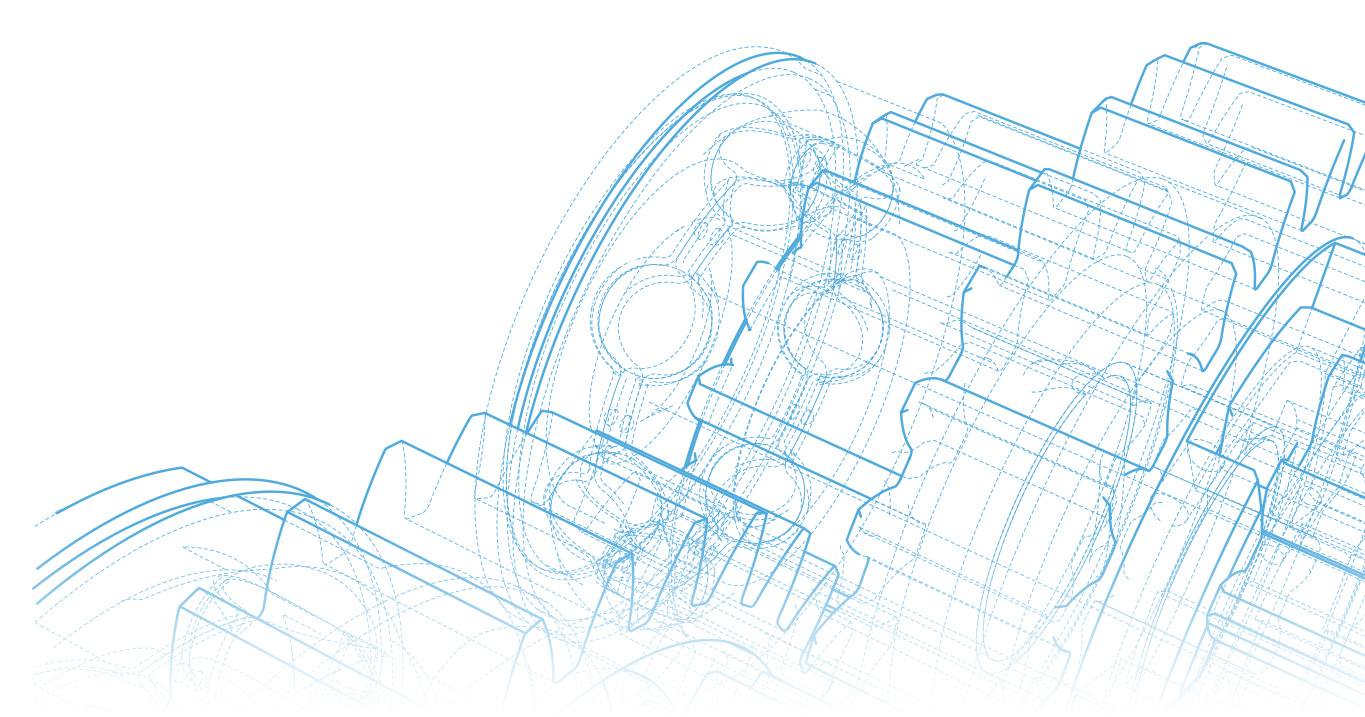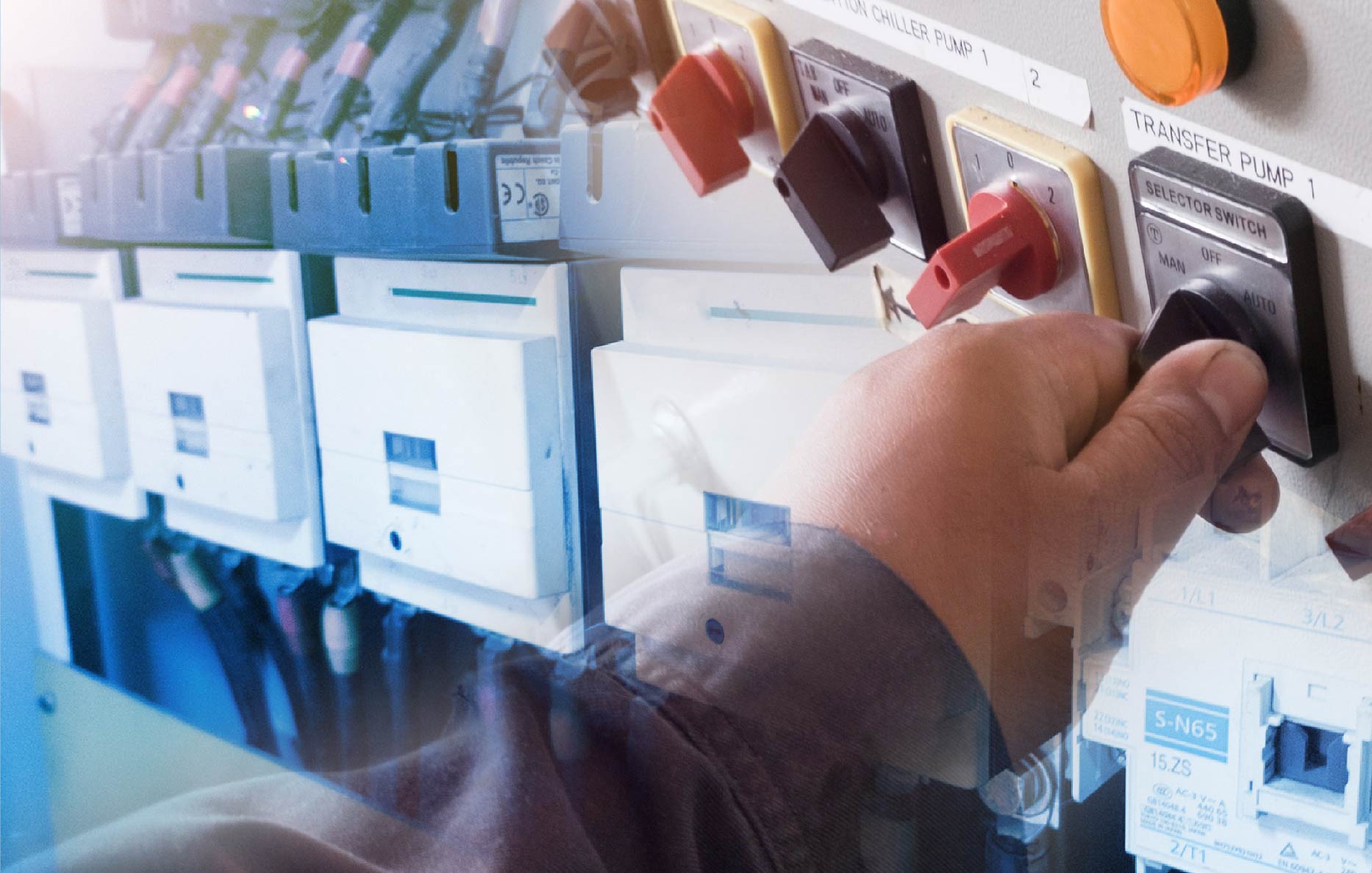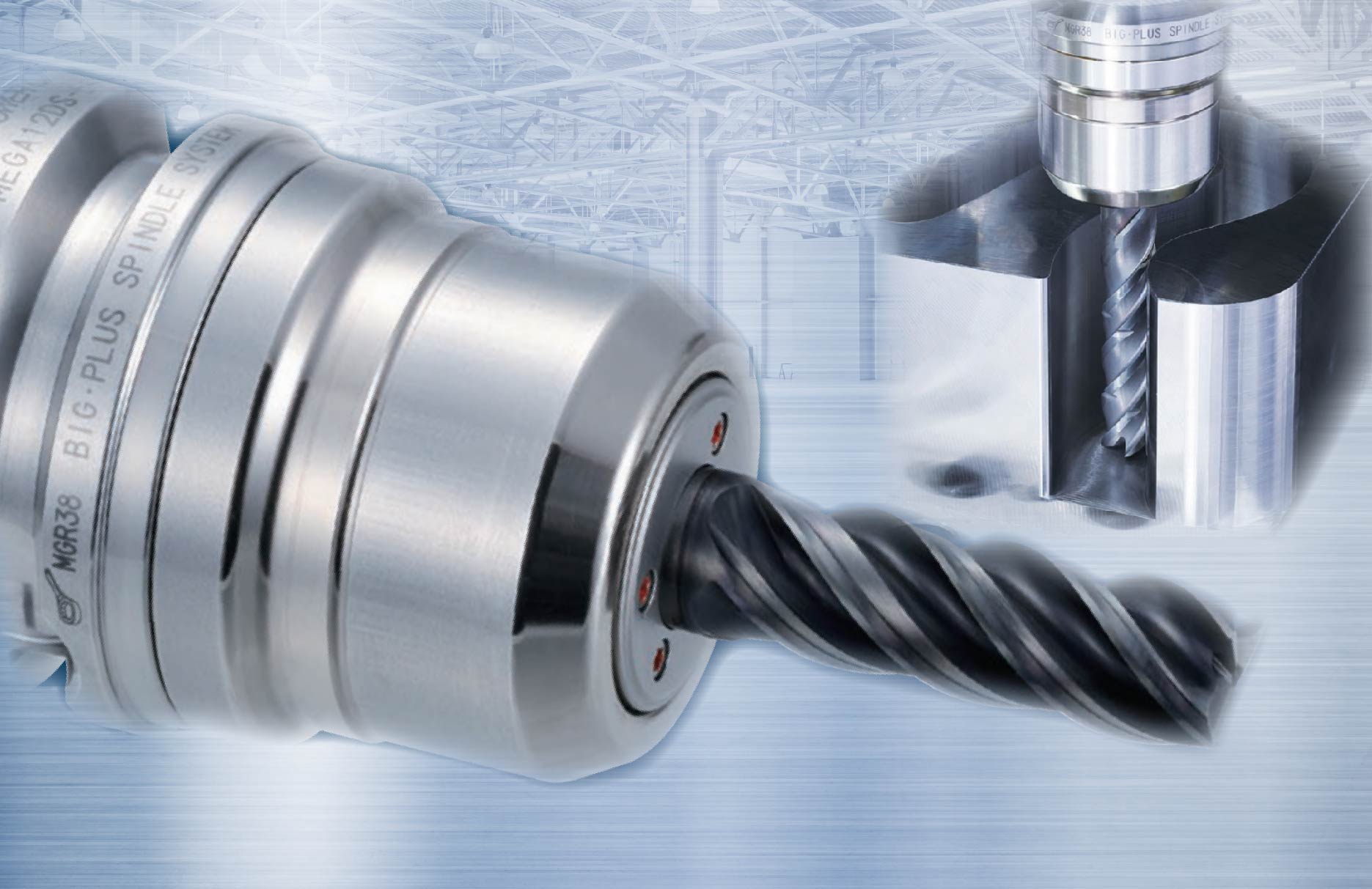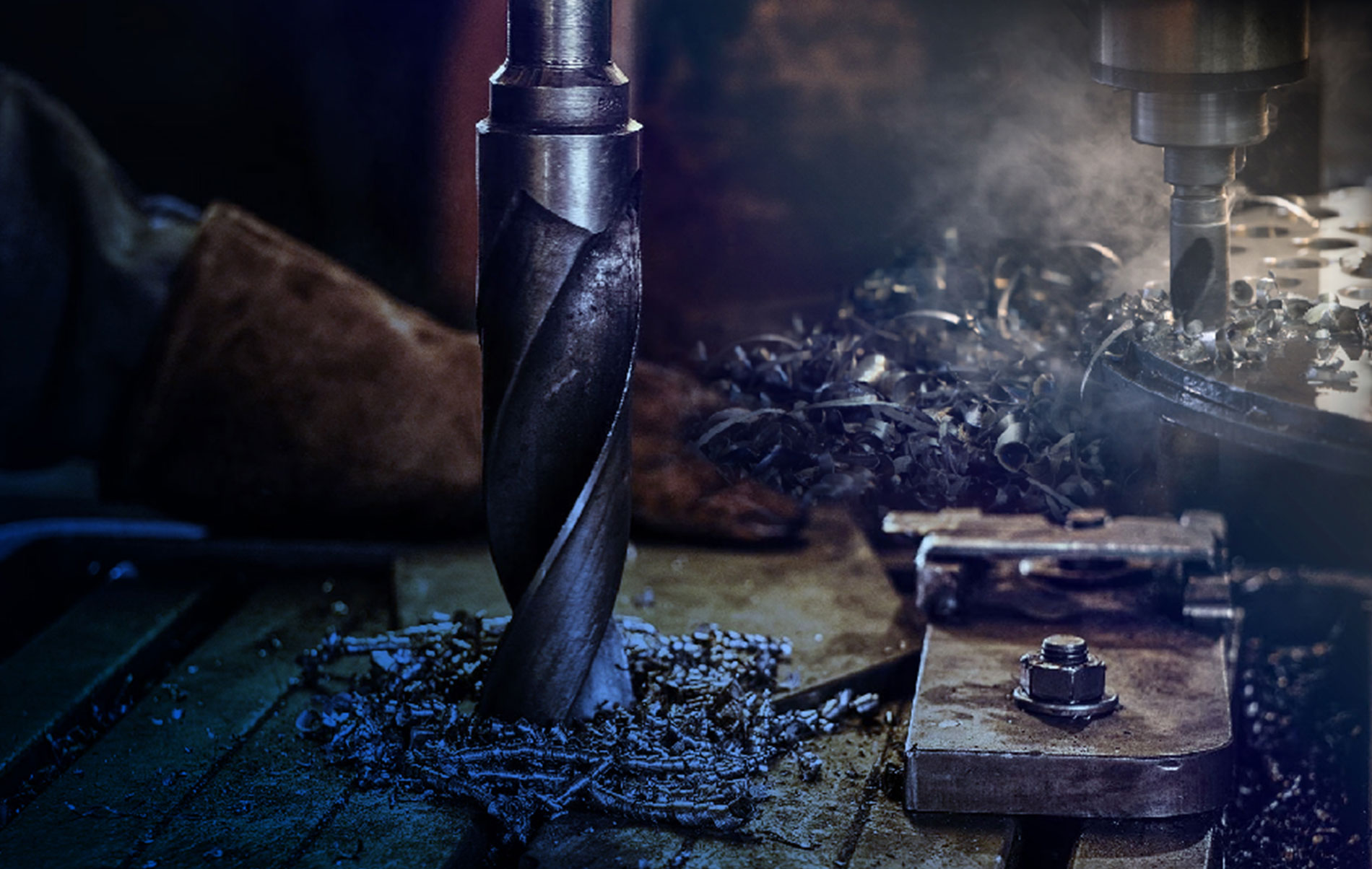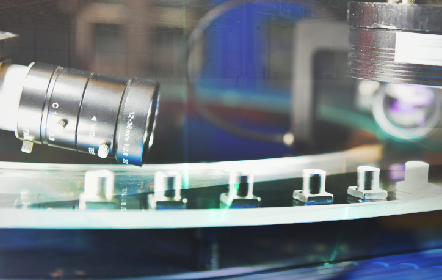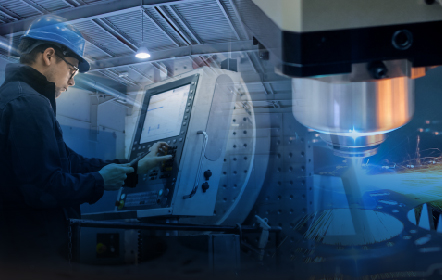The labor shortage problem, especially for specialist labor, has a significant effect on the production system, especially for quality control work, which is generally known as QA/QC. This is due to this type of work requiring more highly-skilled workers than is required for production operators or other positions that only require unskilled labor. Therefore, in selecting those who will work in the QA/QC department, it is often required that the employees have a basic science education, abilities in mathematics, have basic knowledge of the measurement system, be able to read and write sufficient English, as well as basic computer skills. But the most important qualification for a good QA/QC operator is that they should be detail-oriented. This is because QA is the final stage in ensuring that the goods produced are according to standards and are of good quality. Therefore, if any products, even just one item, do not comply with the specification or the customer’s requirements and are sent out from the factory, the whole lot of goods may have to be recalled. This is liable to create a large loss for both the buyer (customer) and the seller (manufacturer). Additionally, it may also affect the confidence of the customer.
The Structure of the QA/QC System Generally, the QA/QC system can be divided into two parts. The first part is QC (short for quality control), which includes controlling the quality of products and various parameters of the production process. The second part is QA (or quality assurance), which involves management of the quality system in order to ensure that in the long term the customers will continue to receive products or services with high levels of quality at all times. A well-known quality system that is used as a basis by almost all manufacturers is the ISO 9000 Quality Management System.Thus, it can be seen that most of the workforce in the quality inspection and assurance system will be utilized in quality control. This involves employees inspecting workpieces,. such as visual inspection for defects; measurement against the specifications or characteristics of products and the production process (such as dimensions, electrical characteristics, pressure, or temperature); as well as creating a report of such measurement or inspection results for the engineer (or other responsible person) for analysis.
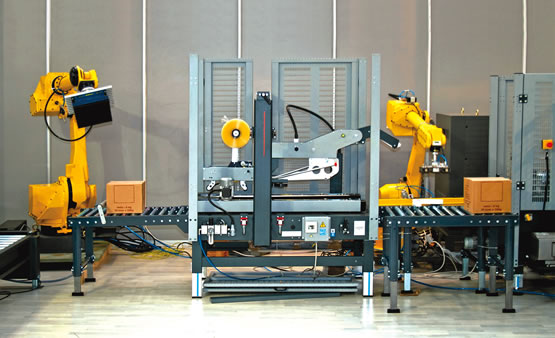
Automation Helping Develop the QA/QC Process
Automation systems are involved in the QA/QC process right from the beginning. This starts with the development of simple inspection tools and equipment, such as microscopes for visual quality inspection, to ones with higher technology like automatic dimensional measurement systems where the readings can be sent instantly to a computer and analyzed with a statistical process control (SPC) program. This reduces the steps in the complicated process of manually recording and inputting data and therefore, reduces human errors. Currently, technology and innovations in measuring tools and automated systems are not just helping operators to work faster, but in some circumstances they can efficiently replace labor.Sensor technology is one type of automation system that is commonly used in the production process, especially in continuous production lines which produce small workpieces in large quantities. Quality inspection of workpieces using the traditional method of relying on labor is extremely difficult and does not fit with the production line. This is because the workpieces must be separated out for quality inspection off the production line. Other than creating a risk of damage during the movement of the workpieces, this also interrupts the continuity of the production process. But with advanced sensors – not only are they compact, light weight and easy to set up – they can be applied in a variety of production lines, are accurate and have a high resolution. Thus, their application in automatic dimensional measurement (whereby the production process need not be halted or slowed down), other than increasing production power, also improves product quality as well.In additional to this, there is 3-axis CMM measuring equipment that is highly accurate and precise, as well as modern 3D laser scanners, that can work wirelessly and be connected with computers for the rapid transmission of data. It can be seen that these tools have been developed to provide increased measuring ability and efficiency. This helps with meeting the needs of manufacturers to increase productivity, as well as the needs of customers.
Automation Systems and the Future of Thai QA/QC
For Thai manufacturers, the consideration of how much automation to implement in QA/QC work often depends on 2-3 factors. External factors include meeting the demands of customers in relation to the accuracy and consistency of the workpiece, something that constantly increases. Internal factors of the factory include increasing productivity, for which it is certain that automation system technology, other than providing correctness and consistency, reduce human errors. Another positive factor of automation systems is that the operating times will significantly decrease compared to human operators.One additional important factor for investing in automation systems is the required investment costs compared to labor costs. Right now, it may not yet be the necessary time for investing in automation systems (even with a 300-baht daily minimum wage), especially for medium and small manufacturers who do not have large amounts to invest. Therefore, the automation systems used in QA/QC by Thai manufacturers will likely develop gradually according to their suitability. For example, semi-automatic systems that can increase working efficiency will probably be used, but QA/QC employees will still be used to carry out the work or to control the work.
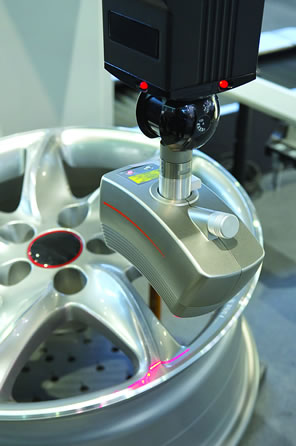
The Answer Is To Create a Balance
In countries with labor intensive economies such as Thailand, regardless of whether it is manufacturing or service labor, manufacturers’ consideration of investing in automation systems must include the effect of this on labor as well. This is because the workforce is both an important part of the production unit, as well as the ultimate consumer of the production system. Thus, a suitable balance must be formed between the use of labor and automation systems in such a way that manufacturers can conduct business efficiently and competitively and the workforce can make a living within the manufacturing system. But the most important thing about the workforce is that they must continuously adjust and develop themselves to increase their knowledge, abilities and skills. If not, there will be no place in the manufacturing system left for them in the future.
“The essential components orbasis of general production systems consist of 4Ms, which are machine,material, method, and man – both skilled and unskilled. Currently,Thai manufacturing sector is encountering a structural labor problem, both in regard to labor costs and labor shortages. These problems have multiple causes, such as a shortage of specialist skilled labor, an aging of the population, an education system that is not fully serving the needs of the labor market, and some labor being unwilling to work in 3D occupations (difficult, dangerous and dirty jobs), as well as labor that is not prepared to work for low wages.”

